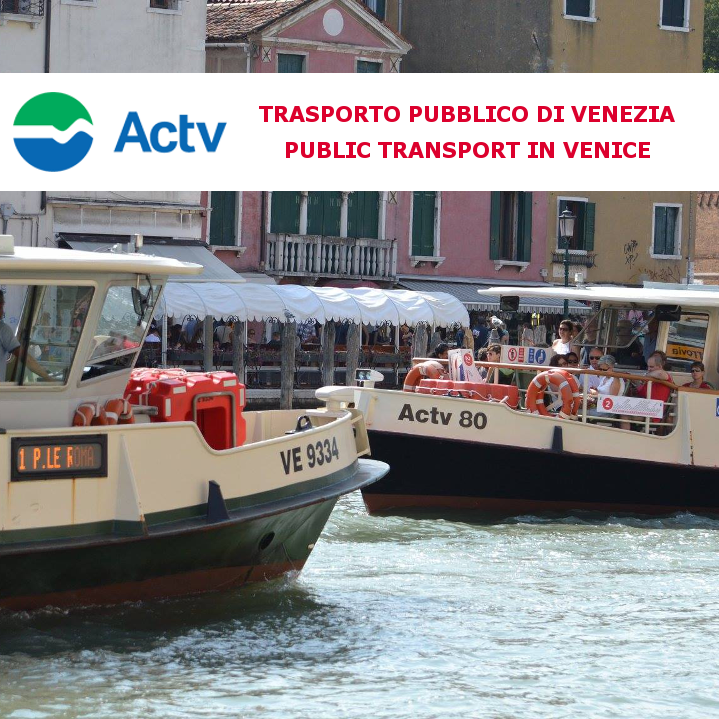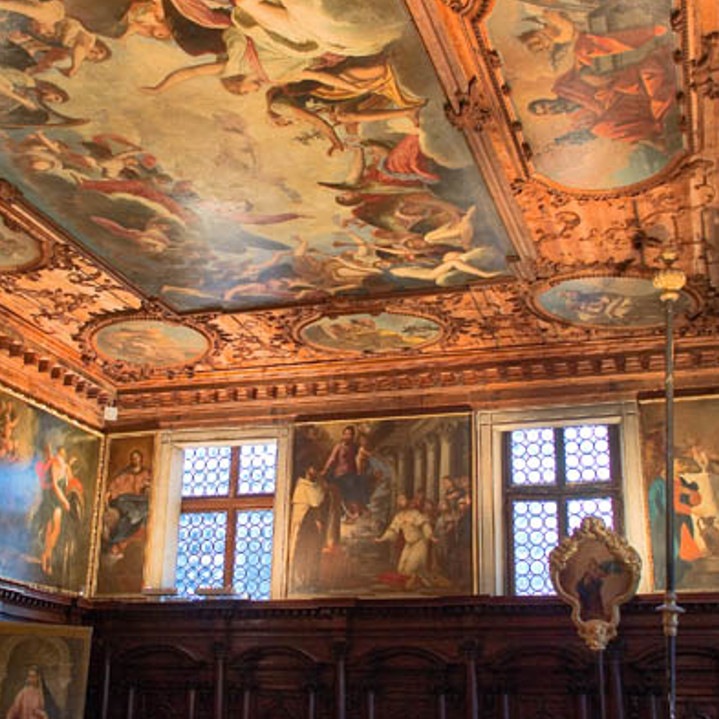You are here
Venice in autumn
AUTUMN IN VENICE
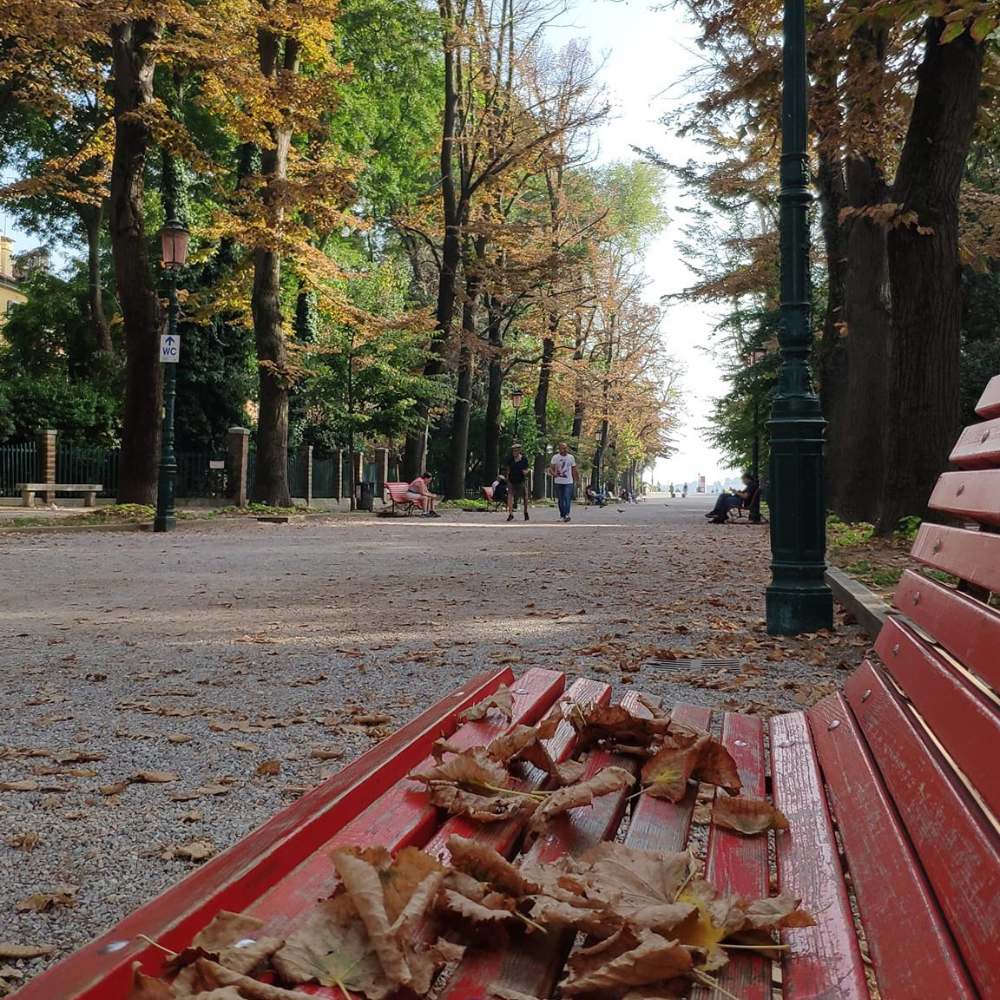 Viale Garibaldi, Giardini di Castello.
Viale Garibaldi, Giardini di Castello.
ph. Rino Sgarbossa via Facebook
FROM SEPTEMBER TO NOVEMBER, WHAT TO DO IN VENICE
This is the perfect time to visit the lagoon city. Autumn days are made for discovering Venice in a new light, seeing it as the locals do. Wander through quiet squares where children play, watch artisans at work in their workshops, sit at café tables where locals gather, and catch the market stalls as they open at dawn.
With more affordable prices, you might even be tempted to extend your stay by a few days, giving yourself time to soak up the real Venetian atmosphere.
In autumn, Venice invites you to slow down. It's the best season for relaxed strolls through hidden gardens, exploring the less-visited islands, enjoying a coffee in one of the historic cafés in St Mark’s Square, and sampling the flavours of autumn. Here are a few ideas to help you make the most of Venice at this time of year.
DISCOVERING VENICE'S HIDDEN GARDENS
Not many people know that Venice is home to over 500 gardens, often hidden behind high walls or ancient palazzi. Early autumn is the perfect time to explore them, as the air cools and the leaves begin to change colour.
The English call it “foliage”, and until November, Venice's parks offer poetic and unexpected glimpses to those who stroll through tree-lined paths and flowerbeds. Take the Giardini di Castello, one of the first public parks built in Italy, or the Giardini Papadopoli, shaded by tall elms, limes, and maples, or the vast park on the island of San Giorgio Maggiore, home to the Giorgio Cini Foundation.
Among the city’s most refined palace gardens is the small Garden of Palazzo Querini Stampalia, a true green gem not far from St Mark’s, designed by architect Carlo Scarpa in the 1950s. A short walk from the lively Campo Santa Margherita is the Garden of Ca' Rezzonico, another peaceful oasis open to the public during the opening hours of the Museum of 18th Century Venice, which has been housed here since 1936. There’s also the small Garden of Palazzetto Bru Zane, home to the Centre for French Romantic Music, which is open for free guided tours every Thursday afternoon.
Between September and October, don’t miss the special openings and events at the celebrated Garden of Palazzo Soranzo Cappello, the historic headquarters of Venice’s heritage authority. It’s open for guided tours during the European Heritage Days and through the State Cultural Heritage Enhancement Programme.
Every first weekend of October for the past twenty years, the Venetian Gardens Festival has offered a rare opportunity to explore hidden gardens, usually closed to the public, through guided tours, readings, and social gatherings, organised by the Wigwam Club Giardini Storici Venezia.
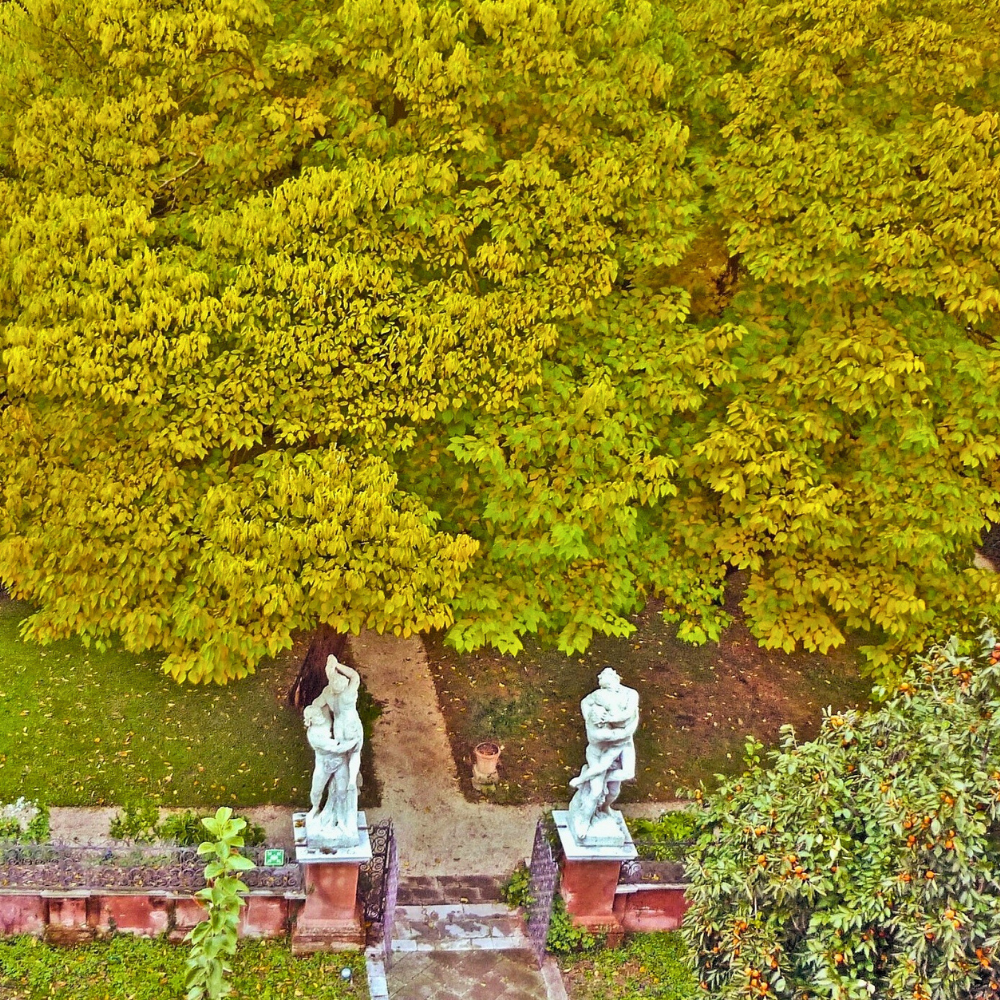 Giardino di Palazzo Soranzo Cappello.
Giardino di Palazzo Soranzo Cappello.
ph. Debora Tosato
EXPLORING THE LESSER-KNOWN ISLANDS OF THE LAGOON
Autumn is also the perfect season to explore the lesser-known islands of the lagoon. It’s easier to blend in with the locals and join in with traditional festivities.
Take Sant'Erasmo, Venice's "vegetable garden island," where, between late September and early October, during the grape harvest, the island hosts the Festa del Mosto, a celebration that has been going strong for nearly fifty years. The locals welcome the new season with a market showcasing fresh produce and local crafts, where you can sample wines, fruits, and vegetables of the season. The highlight is the rowing regattas in the typical lagoon boats. Throughout the year, you can visit local farmers who grow everything from grapes to the famous purple artichokes of Sant'Erasmo, a native variety with a distinctive flavour.
Next to Sant’Erasmo lies another island full of orchards, vineyards, and vegetable gardens: the Isola delle Vignole, a true natural haven reachable by the ACTV public transport line 13. Historically, the island’s produce supplied the Rialto market, transported each day on large rowing boats. Recently, new farms have opened here, aiming to revive the island’s ancient wine-making traditions. The island was once known as Biniola, or the Island of the Seven Vineyards.
September is also harvest time in an unexpected place: the island of San Michele, Venice’s monumental cemetery since Napoleonic times. Here, next to the ancient Camaldolese monastery, is a historic vineyard restored by volunteers from a non-profit organisation, “Laguna nel bicchiere, le vigne ritrovate.” Alongside the vineyard, the 16th-century wine cellar has also been restored, one of the last remaining relics of Venice’s tradition of wine-making in the lagoon. Grapes harvested by the organisation are vinified in vats and barrels, with vineyards scattered across the islands of Sant'Elena and the Vignole. Among the varieties grown is the Dorona grape, a Venetian native that has been cultivated in the lagoon for centuries and was once on the brink of extinction, now thankfully saved.
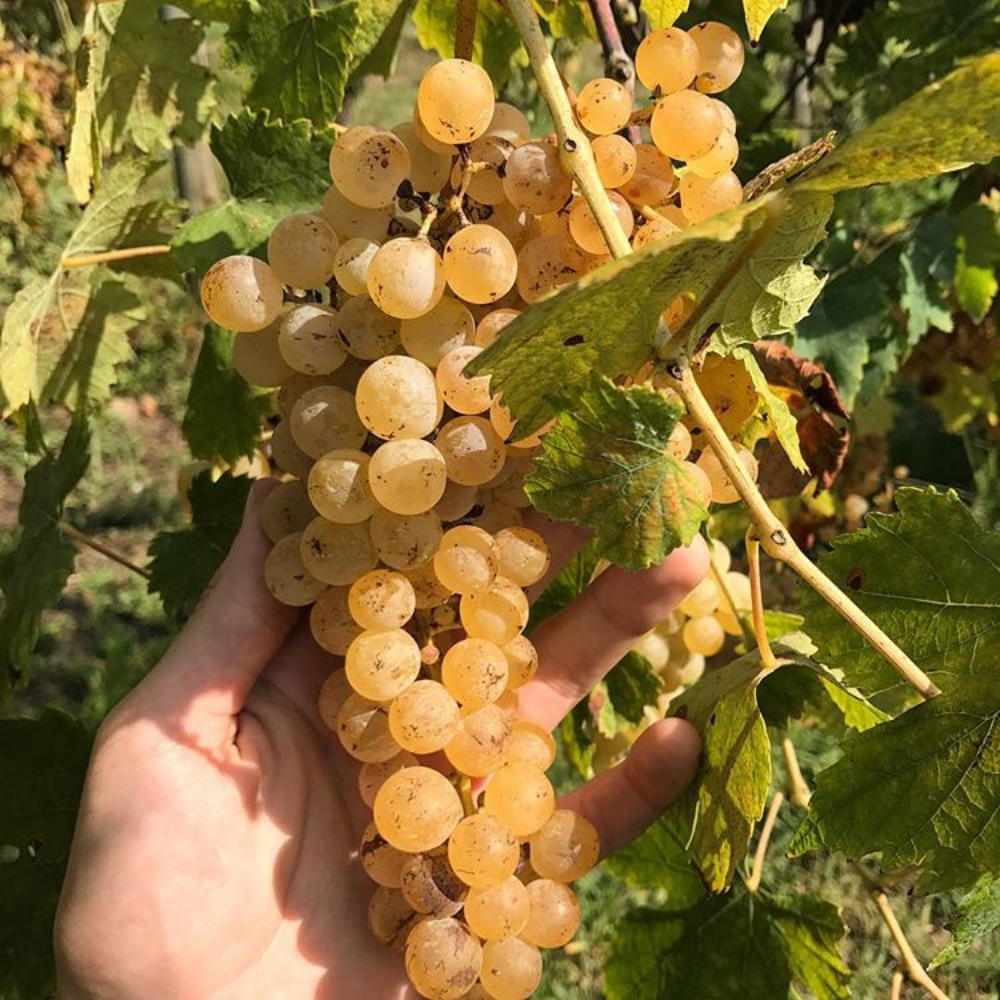 Dorona grape.
Dorona grape.
ph. @bngntl via Instagram
SAVOURING VENETIAN AUTUMN DISHES
Autumn in Venice is synonymous with bold flavours and traditional dishes. Have you ever tried moéche, a rare delicacy from the lagoon’s cuisine? These are the highly sought-after green crabs of the lagoon, eaten during their moulting phase between October and November (and again in spring) when they shed their hard shell and become tender and delicious. In Venetian, moéche literally means "soft." A typical dish of the Venetian lagoon and found only here, moéche — a Slow Food presidium — are most commonly served fried, but are also delightful boiled and seasoned with olive oil, garlic, and parsley.
To truly understand Venice and its culinary tradition, one cannot overlook its Jewish cuisine, which is closely intertwined with the city’s food heritage for historical reasons. Many Venetian recipes, such as sarde in saòr and bigoli in salsa, have their origins in the Ghetto and over time have become some of the most beloved and well-known dishes of the Serenissima.
Among the most popular dishes from the Venetian Ghetto are those made with goose, perfect for the autumn season. One such dish is Riso Zalo, a recipe that combines goose fat, rice, and saffron. Additionally, during this time of year, pumpkin is a seasonal favourite, prepared either fried or desfada — slow-cooked with onions — for the autumn festivals in the Jewish calendar, including Rosh Hashanah, the end of the Yom Kippur fast, and Sukkot.
On the 21st of November, Venice celebrates castradìna, a dish traditionally prepared for the Festa della Salute, a centuries-old event commemorating the city’s deliverance from the plague in 1631. On this day, Venetians make a pilgrimage to the Basilica della Salute, crossing a temporary bridge over the Grand Canal. There, they light a candle at the icon of the Madonna della Salute, before emerging to wander among the stalls selling sweets, fritters, and roasted chestnuts. On this day only, Venetian tables feature a hearty stew made from smoked mutton leg, with the addition of cabbage and onions. Castradìna, offered by the city’s finest restaurants during this period, is a tribute to the Dalmatians, who were the only ones to supply the city with food during the isolation of the great plague. A dish described as "a must on every table, whether of the poor or the wealthy, nobles or merchants."
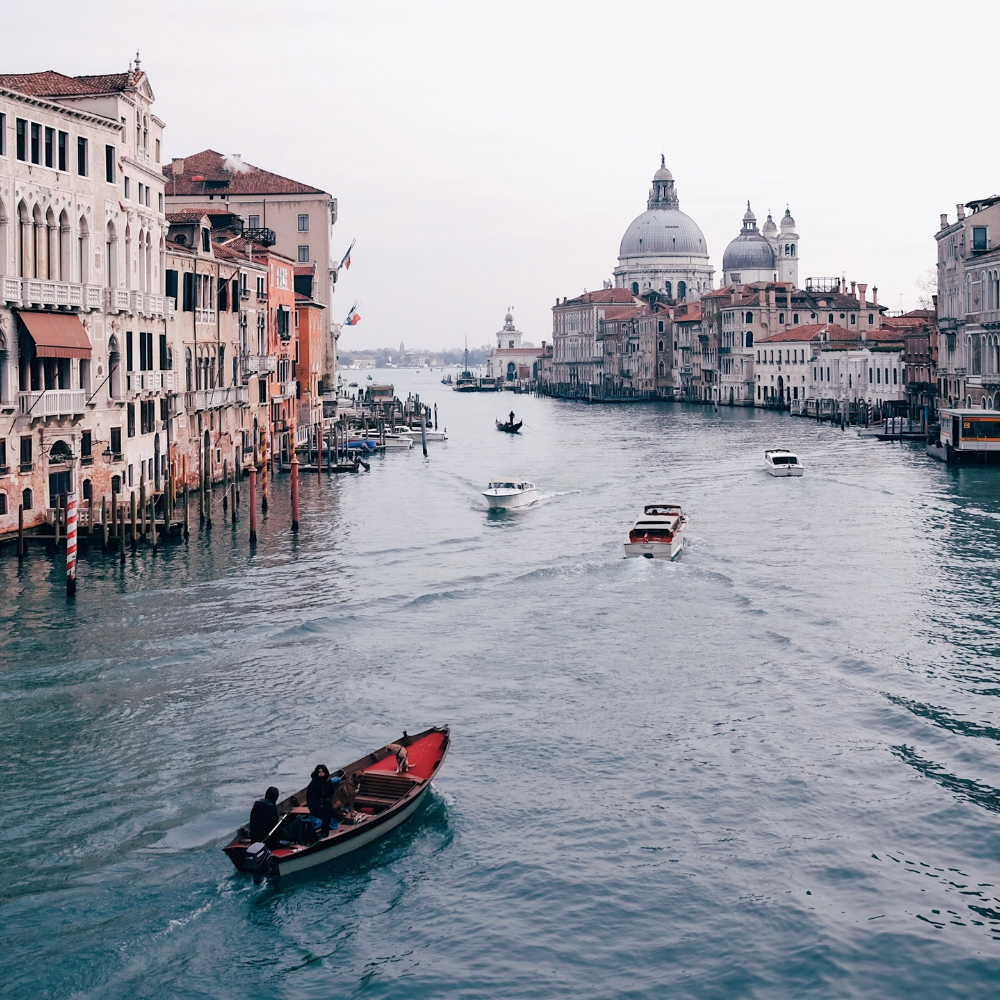
Basilica della Salute.
photo by Stijn te Strake Unsplush




